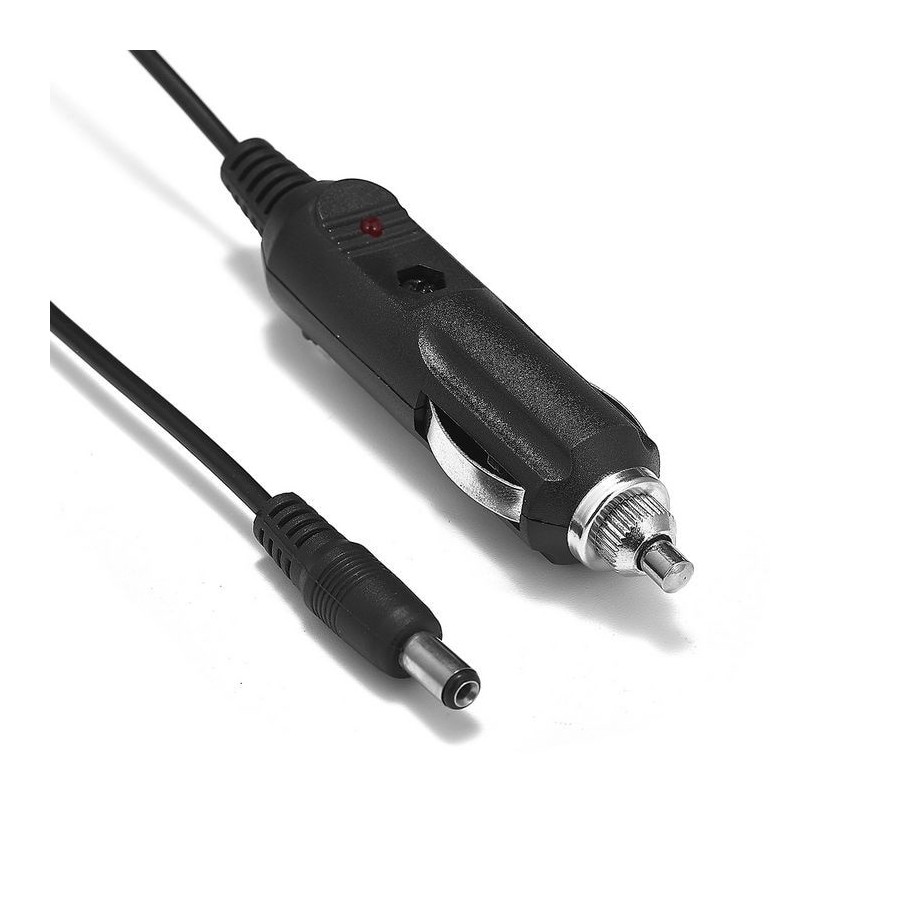
Refraction is the bending of light waves as they pass from one transparent material type to another. In much the same way, the reflected or scattered light from the OTDR test pulse allow the overall condition of the fiber core to be “seen”. Sound waves reflected back to the source allow the creation of accurate images of bodily features. In medical imaging applications, high frequency (≥20KHz) inaudible sound waves are produced by the vibrating elements of an ultrasound transducer. Another useful analogy can be found with Ultrasound technology.

There are obvious comparisons between OTDR and the copper wire testing equivalent, TDR, which it has gradually replaced, as they are both based on Time Domain Reflectometry. Despite advanced technology that now allows many OTDR test systems to automatically determine the best settings, it is still important to understand what the underlying settings are and how they may impact your results. Many modern OTDR tools automatically select the optimal acquisition parameters for a particular fiber by sending out test pulses in a process known as auto-configuration, auto setup, or auto test. The insertion loss is calculated from the proportional amplitude change of the reflected/backscattered light. The location of each event and the overall cable length are calculated based on the round-trip time of the light pulse traveling through the fiber core and the reflected/backscattered light returning to the OTDR detector. A photodiode measures the returning light energy or optical power reflected and scattered back (backscattered) over time and converts it into a measurement value that is displayed as a graph (or trace) on a screen. The OTDR sends a pulse of light energy (optical power), generated by a laser diode, into one end of an optical fiber. Multiple-pulse measurement or acquisition techniques have also been developed to test more complicated configurations, including PON networks and fiber to the home (FTTH) deployments.Ĭontact sales to learn more about VIAVI OTDR Testing Equipment today, or use the OTDR selector tool to find the recommended tool and request an OTDR price quote.

These three techniques form a powerful combination for managing fiber cabling networks or utilizing the fiber for Distributed Fiber Optic Sensing.Īlthough originally intended for long haul fiber optic applications, newer generation high resolution OTDR tools can also be used to diagnose much shorter cables, such as internal aircraft and enterprise facility cabling such as structured cabling.
AUTO CONNECTOR TESTING PORTABLE
The OTDR is also the only fiber testing tool capable of troubleshooting fiber optic cable failures by locating the distance to the fault and identifying the type and cause of the fault, including breaks, bends, bad connectors, and any excessive insertion loss “events”. To do this an OTDR uses the effects of Rayleigh scattering and Fresnel reflection to measure the condition of a fiber link, and while single-ended (uni-directional) tests can be performed, dual-ended bidirectional OTDR testing improves measurement accuracy event detection and is required in order to comply with the IEC and ITU-T testing standards.Īn OTDR instrument can be portable for transport from site to site or rack-mounted for permanent placement and monitoring of a network with alarms triggered automatically if the fiber is compromised.Īlong with the Rayleigh scattering method used to characterize fiber links, OTDR can also use Raman and Brillouin scattering effects to predict breaks, monitor fiber health, and prevent service outages through temperature and strain measurements.


Troubleshoot Fiber Optic Cable Failures with OTDRs Once this information has been captured, analyzed, and stored, it can be recalled as needed to evaluate the same cable over time.


 0 kommentar(er)
0 kommentar(er)
